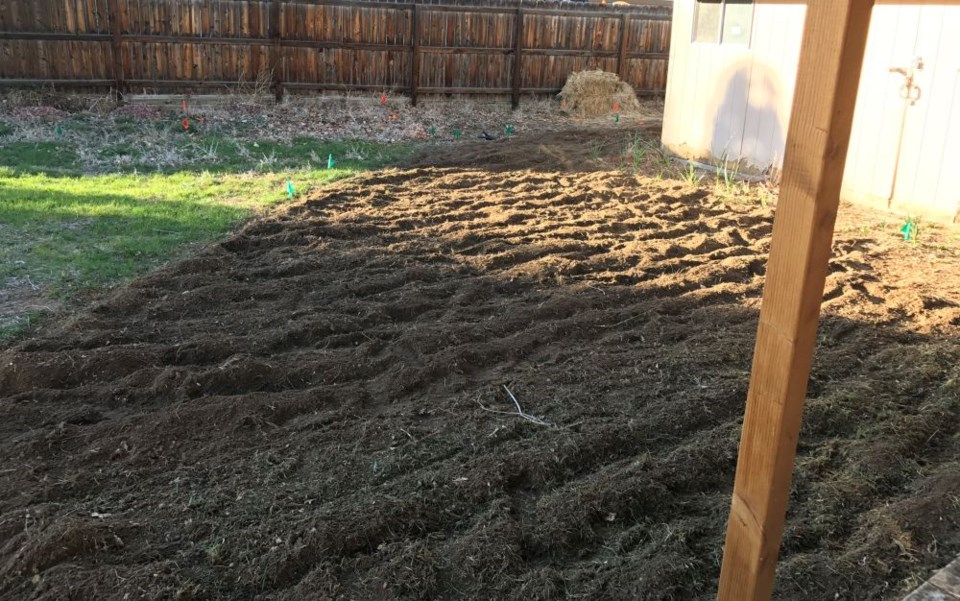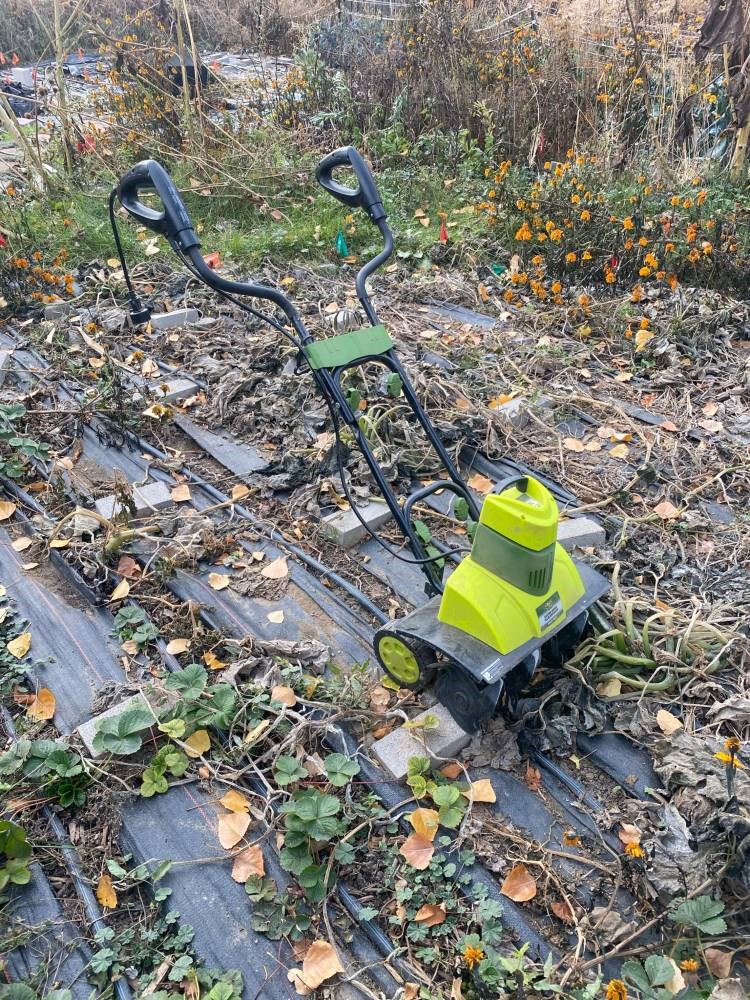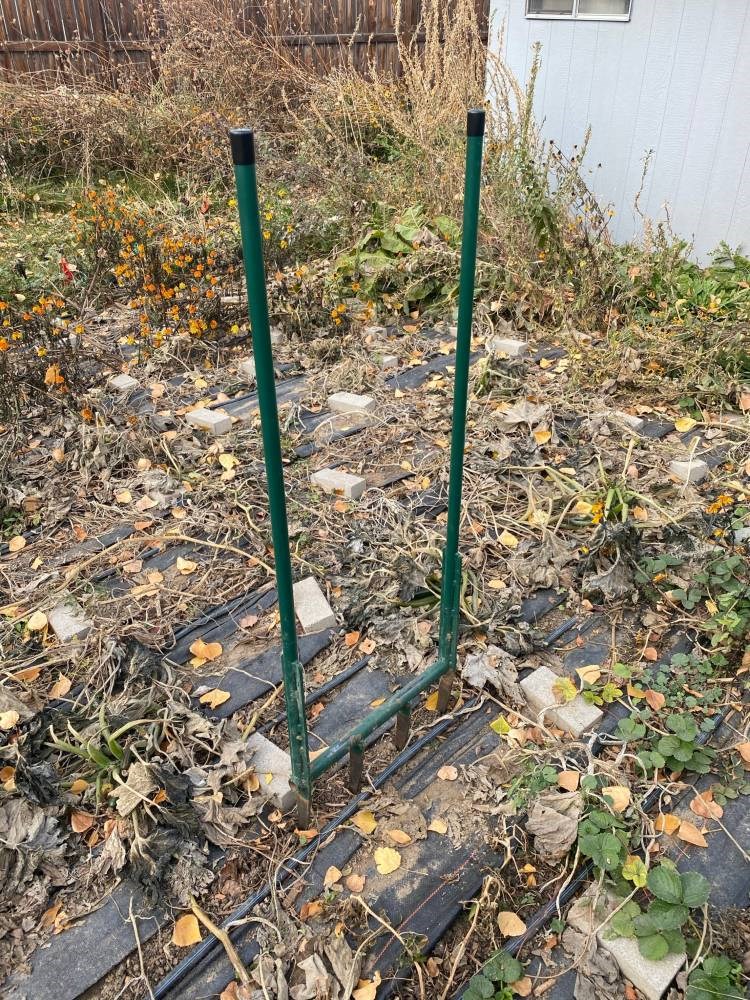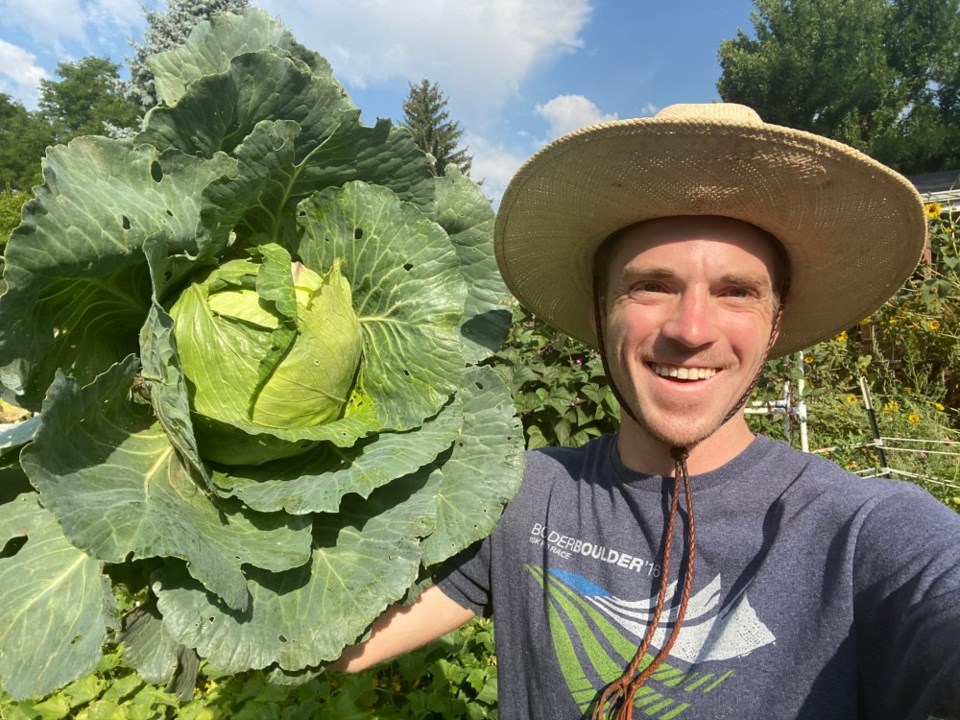When you want to turn ground that has been growing grass or weeds into a vegetable oasis one barrier in your way is the hardness of the ground.
In Longmont, we largely have a type of clay soil that tends to be very hard and compact. For plants and vegetables to grow properly, you want this soil to be loose, not hard. When the ground is loose, the roots of the plants can easily grow and search out water and nutrients. When the soil is compact, the roots can’t easily expand into the surrounding ground and their growth likely will be stunted.
To break the ground up, you want to use a few tools to help you with this.
Important note: It isn't necessary for every single person on the planet to buy the tools listed below but they do make your life easier and your crops more productive (starting out anyway). If you have neighbors that are looking to do this along with you, then perhaps these tools can be bought as a group to bring costs down. For tools such as these that are used maybe twice a year, it does seem silly to buy them by yourself when you can split the cost among several people and everybody gets to use the tools when they need them.
You also might be able to find a steal of a deal on Craigslist or other similar sites. I didn't have any luck with that but that doesn't mean you won't.
I’m not familiar with any sort of community resource in Longmont that has tools such as these available to check out, but if you know of one, please let me know.
 Ground that has been freshly tilled and broadforked. Photo by James Lissy
Ground that has been freshly tilled and broadforked. Photo by James LissyTilling
A tiller is a machine with spinning blades that breaks and mixes the ground you drive it over. You can run this over your yard, which will take anything that's on top of the ground (such as grass) and mix it in with the ground itself. This breaks up and aerates the ground.
In Longmont this is a fairly necessary step (when starting out) since our ground seems to have a tendency to be harder than cement.
Electric tillers are a good way to go and are fairly inexpensive and you don't have to worry about gas or mechanical issues, it just works when you need it. This can then be shared among your neighbors and community, buying it as a group would be the way to go. Especially since you really only need it for the first year or two, then you'll likely transition to a no-till urban farm as you build up the soil health of your ground. Healthy soil that’s chock full of microbes will naturally be a lot looser than normal ground that has been neglected.
 An electric tiller breaks up and aerates the ground. Photo by James Lissy
An electric tiller breaks up and aerates the ground. Photo by James LissyBroadforking
After tilling, you'll likely notice the ground has been broken up fairly well but beneath that newly broken ground, there's a layer that is still very hard and compact, this is called "hardpan." This forms where the blades of the tiller stop: Everything within the blades’ reach is nice and mixed up but beneath the blades the dirt is still hard as cement. This is where broadforking comes into play. A broadfork is basically a really big pitchfork with very sharp tines that you stand on top of, causing the broadfork to sink into the ground. Then you whip the broadfork back, which raises all the dirt, annihilating any hard pan and loosening the soil for the length of the tines.
Starting out you'll likely want to till in both the fall and spring but you really just have to play it by ear to see how your urban farm progresses and make a judgement call on what you think is best for your garden. At the moment the ground is likely a little too frozen to do these steps, so you’ll want to do these as early in the spring as possible, as soon as the ground can be worked.
Depending on how hard your ground is, you might end up needing several rounds of tilling and broadforking. You should be tilling first and broadforking second, however, you can adjust as needed. Be certain to get your utilities marked before you do any tilling or broadforking, and if you already planted your garlic (good for you if you have) then be sure you don’t till your garlic patch.
 A broadfork can help loosen the "hardpan" that can't be reached by a tiller. By Photo by James Lissy
A broadfork can help loosen the "hardpan" that can't be reached by a tiller. By Photo by James LissyIf you have any questions or subjects you would like me to cover in this column, email them to [email protected] with the subject of “Longmont Leader question.” I will happily answer any questions you may have, after all this column is for you to benefit from and enjoy.



